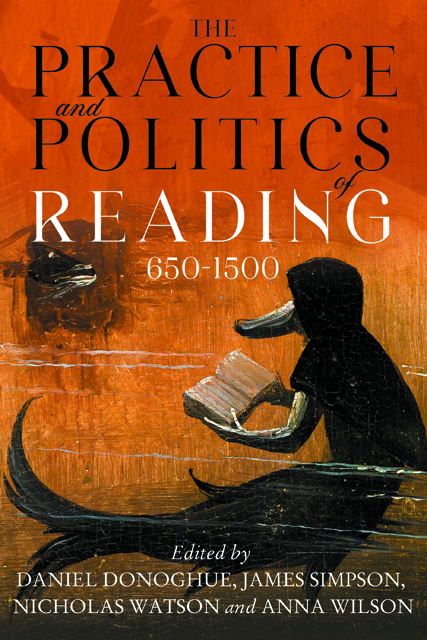10 - Reading the Fair Maid of Astolat: Editorial Practice, Performative Emotionality, and Communal Forms of Reading
Published online by Cambridge University Press: 11 January 2023
Summary
As a minor tragedy foreshadowing a larger one, namely the downfall of Camelot, Malory’s story of Elaine, the Fair Maid of Astolat, has attracted considerable attention not only from students of medieval literature but also from modern poets, painters, and illustrators – the most famous adaptation probably being Tennyson’s “Lady of Shalott.” Scholarly interest, too, has remained unflagging. The story of an astonishingly self-determined young woman, whose role within the narrative Malory considerably enhanced, by comparison with his sources, continues to fascinate and has begun to incite new commentary from feminist and affect-theory-orientated perspectives. Georgiana Donavin and Sue Ellen Holbrook, for instance, have stressed the degree to which the unhappy lover’s portrayal is constructed on the basis of very particular discursive structures, structures rhetorical and affective. The reading presented in this contribution will scrutinize the story from a point of view strongly indebted to their perspectives. Following in Sue Ellen Holbrook’s footsteps, especially, I wish to discuss how an editorial re-interpretation of a single letter (in the sense of “character”) in the Maid of Astolat’s farewell letter (here in the sense of “missive”) to the world in general, and to Lancelot in particular, opens up a perspective on a premodern understanding of the practice of reading as a type of communal, gendered, and, above all, emotional and spatial performativity. Representing a decidedly theatrical type of performance, the two public readings of the Maid’s letter are rife with potential for manipulation and power struggles. And, ironically, it is ultimately the Maid of Astolat’s failure in putting into practice her elaborately planned scheme of spatial, affective, and performative self-assertion that makes this performative potential for power struggles so hauntingly visible in the first place.
A reminder of the story’s most central events, especially as they pertain to the argument presented here, will be useful – not least because the plot is not remotely as straightforward as has often been assumed. The story begins in Westminster where Lancelot and Guinevere quarrel over whether Lancelot ought to participate in a grand tournament King Arthur has announced to be held in Camelot (i.e., Winchester). A weary and battle-scarred Lancelot would prefer to skip this tournament.
- Type
- Chapter
- Information
- The Practice and Politics of Reading, 650-1500 , pp. 228 - 245Publisher: Boydell & BrewerPrint publication year: 2022



